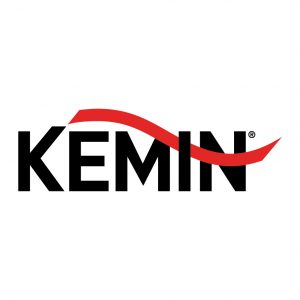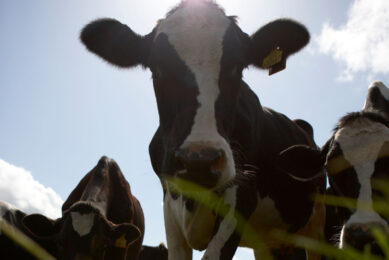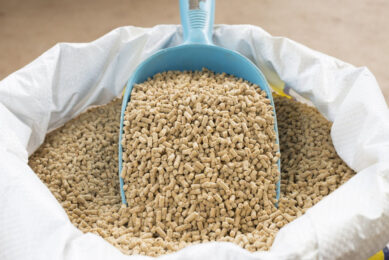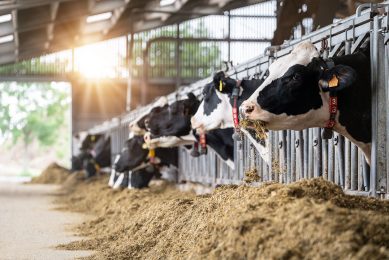When In-vivo trials prove the efficacy of mycotoxin binders

Constant publication of updated survey results, as well as direct experiences in field, confirm mycotoxin presence is one of the main challenges farmers and nutritionist are facing.
In this scenario, an effective mycotoxin binder would be a reasonable tool, in terms of efficacy and cost, to avoid mycotoxicosis related issues in animals fed a contaminated diet. But how to choose the correct one between the huge product range the market offers?
As a general feature, the ideal mycotoxin binder must be effective at different pH, must be stable during feed processing and cannot be digestible. It also should bind a broad range of mycotoxins and keep them bound along the entire gastro-intestinal tract (GIT) to promote their excretion in the faeces. Finally, it cannot bind essential nutrients. So in a few words: the binder has to possess a proven direct in-vivo efficacy. The evaluation of indirect in-vivo efficacy of a binder, like for instance animal performances, could be a valid criterion if combined to one of the direct criteria previously mentioned.
Multiple tests and trials
Kemin always focuses to determine the direct efficacy of its mycotoxin binders by both in-vitro binding tests, and in-vivo trials. The first approach is to run well-designed in vitro tests to evaluate, in a rapid and cost-effective way, the binding activity of both active ingredients and commercial products, for a variety of mycotoxins.
For this purpose, Kemin’s scientists have implemented a pH related dose-response binding test based on a method published by Döll et al. in 2004. This specific method of analysis evaluates the ability of increased doses of an active ingredient/product, to bind a standard amount of each tested mycotoxin, at a pre-fixed pH. To compare 2 or more samples, the C50 dose method is applied. This represents the dosage of an active ingredient/product able to bind 50% of a specific amount of each mycotoxin. The lower is the ratio binder:mycotoxin to reach 50% binding capacity, the more efficient is its binding feature. Figure 1 is an example of the Zearalenone binding efficacy of some commercial products.
In-vivo approach
The in-vivo approach is the best way to evaluate a mycotoxin binder to fully understand its mode of action and to evaluate its efficacy in a direct way. Table 1 summarises the results of different in-vivo trials on parameters directly influenced by a mycotoxin challenge is presented. Previous tabled positive results are then confirmed by the recovery of the performance in the group receiving mycotoxin+binder, compared to the performance level of the group receiving blanc feed.
Extra direct in-vivo proof is highlighted by a recent toxicokinetic trial in piglets, challenged with OTA, ZEA and DON. In this trial, the level of these mycotoxins and of their respective metabolites were monitored in plasma, that was collected at different time points post challenge. The use of a positive control group (challenged with mycotoxins) and a treated group (same challenge + Toxfin XL), was useful to determine the efficacy of the binder: mycotoxin absorption was decreased, with highly statistically significant differences for ZEA.
Counter-balancing adverse effects
Kemin follows the philosophy that mycotoxin binders need to be formulated with active ingredients able to bind an extensive range of mycotoxins, to keep them bound along the GIT and thus promote their excretion via the faeces. In this way, the direct mycotoxin adverse effects are counterbalanced.






